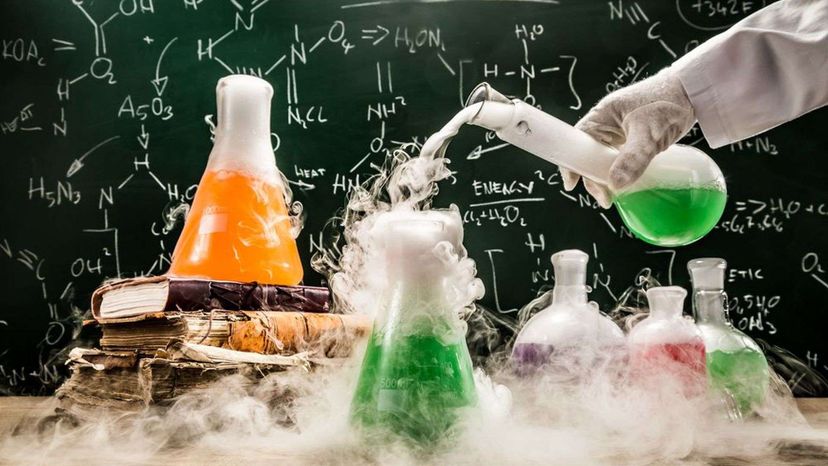
About This Quiz
How much of your science lessons do you remember? Take this general science quiz to test your knowledge.
We're not sure why science wasn't everyone's favorite subject in school. We think it was awesome. Still, for some people, general scientific knowledge just does not come easy. Even though it's primarily about the world around us, people and animals, and the skies above us, science can get pretty technical. But, we're assuming that you really liked science, or at least did well in the subject, or you wouldn't be interested in this quiz.
Science encompasses disciplines such as chemistry, biology, earth science, and astronomy. The good news is that the term "general science" means that nothing gets too particular - just a general overview of these topics. After all, if you were interested in specifics, you probably would have become a chemist, biologist, geologist, or astronaut. Assuming you did not enter one of these technical professions, we'll keep the questions pretty basic in this quiz.
So, if you know which of the world's oceans is the largest, what planet is closest to the sun, and the word for an animal that eats both plants and animals, you'll do well on this quiz. (BTW, if you answered Pacific, Mercury, and omnivore, you're right).
Let's see if you can ace this quiz.
Advertisement
Advertisement
Advertisement
Advertisement
Advertisement
Advertisement
Advertisement
Advertisement
Advertisement
Advertisement
Advertisement